Apropos the subject of this column, videlicet, wine, a friend told me an arresting story about the once-famous British theater critic and playwright Kenneth Tynan (1927-1980). Sometime in the 1960s, when the prickly Gamal Abdel Nasser ruled Egypt, Tynan went sailing on the Nile. One night, he came ashore to enjoy dinner at the Luxor Hotel. The wine list was impressive. He ordered a famous bottle that cost practically nothing. The head waiter swept over to tell him, so sorry, they’d drunk the wine out. Tynan manfully looked again at the list and asked for the second best bottle. Alas, the waiter replied, that wine, too, had been exhausted. “Well, what do you recommend?” Tynan asked. To which the answer was: “We have no wine of any kind.”
That hasn’t happened to me yet. But it is a truth universally acknowledged that a lover of Burgundy must be in want of a bargain. The storied vineyards and famous names are eye-wateringly expensive. Take a step down from the Montrachets and Romanée-Contis and you are still talking about serious pelf, a solid three figures usually. So I set myself the task of performing a public service and finding some burgundies that were both delicious and easy, or at least easier, on the wallet.
Much have I travell’d in the realms of gold (and red),/ And many goodly bottles drunk. Two realms in particular I wish to bring into what Keats might call your “ken,” Saint-Romain and Maranges. Have you heard of either? Although still little-known here, these villages on the Côte de Beaune are fast becoming trendissimus. Santenay lies southwest and Saint-Aubin to the north.
The hip winemaker Nicolas Potel, son of the famous vintner Gerard Potel, died in a car accident at 56 in June. But he left behind a great winery called Domaine de Bellene. Created in 2005, the house is quietly organic, features old vines and makes a suite of chardonnays, aligotés and pinot noirs. (Did you know that aligoté, which names both a grape and an appellation, is the second-most widely planted white varietal in Burgundy after chardonnay? Nor did I.)
Potel actually dropped his prices by 10 percent a couple of years ago. A 2022 Saint-Romain chardonnay “vieilles vignes,” can be yours for about $60, not bargain basement, but still a bargain. It is fresh yet succulent, full in the mouth and bristling with minerally afterthoughts and adumbrations.
Close by in Saint-Romain is Domaine Henri & Gilles Buisson. The Buisson family has been padding about the area for a millennium. In days of yore they were farmers, mostly, selling to négociants. In 1947, Henri and Marguerite began bottling wine and established the domaine. Their son Gilles took over, and his sons run the house today. Robert Parker has high praise for their 2021 Saint-Romain pinot noir “Sous Roche,” “a medium- to full-bodied, fleshy and supple wine evocative of plums, raspberries and rose petals.” Another commentator notes that the vines average about 50 years old and feature low, highly concentrated yields. “There is great purity to this organically grown fruit and the ultimate wine is somewhat rustic in nature with notes of wild red fruits in the nose and flavors.” A bottle can be yours for about $70.
One more Saint-Romain, the 2022 “Les Cinq Climats” chardonnay from Alain Gras, one of the most celebrated vintners in this until-recently uncelebrated spot. Tasters have discerned a hint of hazelnut, toast and vanilla pod in the wine. I concur and will add the five climats that contributed grapes to the wine merge in a harmonious, well balanced and food-friendly ensemble. Expect to pay between $45 and $60 a bottle for this excellent wine.
Let’s head over to Maranges, which is nestled between the Côte-d’Or and the Saône-et-Loire. It is home to seven premiers crus climats, devoted almost exclusively to pinot noir and chardonnay. Red wines from the appellation may also claim the title Côte de Beaune-Villages.
Domaine Maurice Charleux et Fils – the fils in question being Vincent, who now runs the house – dates from 1894 and covers less than ten hectares (about 25 acres), predominantly limestone streaked with clay. Their production is small: fewer than 3,500 cases per year. The 2023 Bourgogne Rouge, about $33, is berry-bright and floral. The 2022 Premier Cru pinot noir “La Fussière” comes from 35- to 50-year-old vines. It, too, is well-balanced and boasts added layers of complexity sumptuousness. It is a steal at about $42.
Charleux also makes an inviting chardonnay. I had a bottle of the 2022 vintage with a plank of hearty grilled salmon au poivre and asparagus. It was the perfect clean accompaniment to the food, tartly ripe in the mouth, fruit and acid in salubrious harmony. Another steal at $34 – if you can find it. Tynan would have been happy to have snagged a bottle for his ultimately abstemious meal on the banks of the Nile.
This article was originally published in The Spectator’s September 15, 2025 World edition.



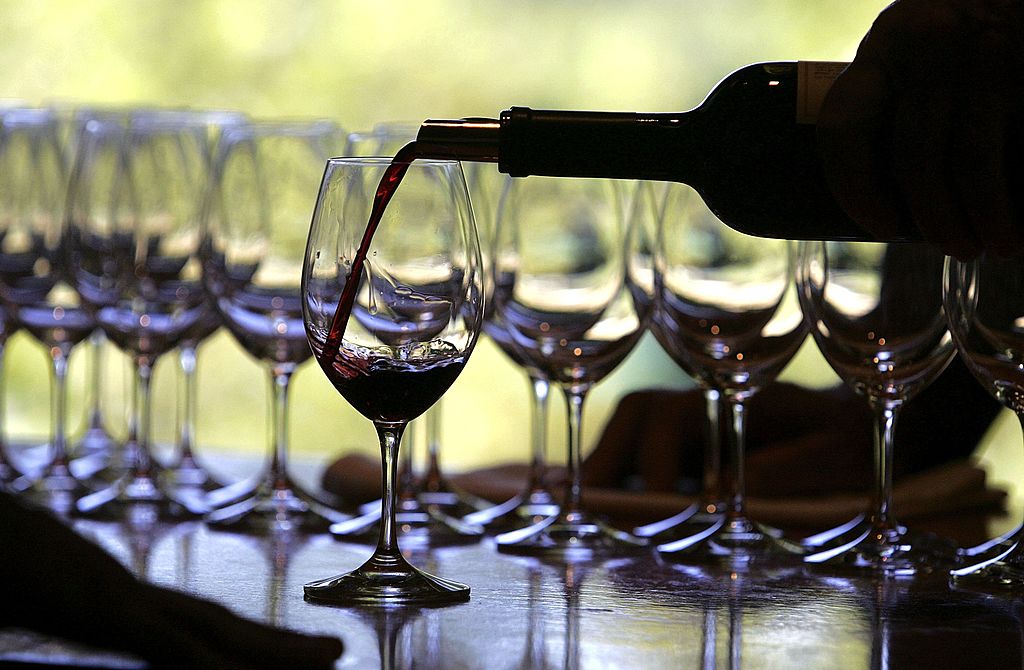






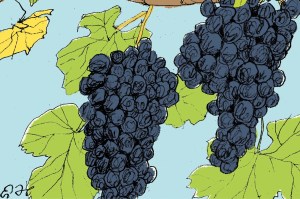


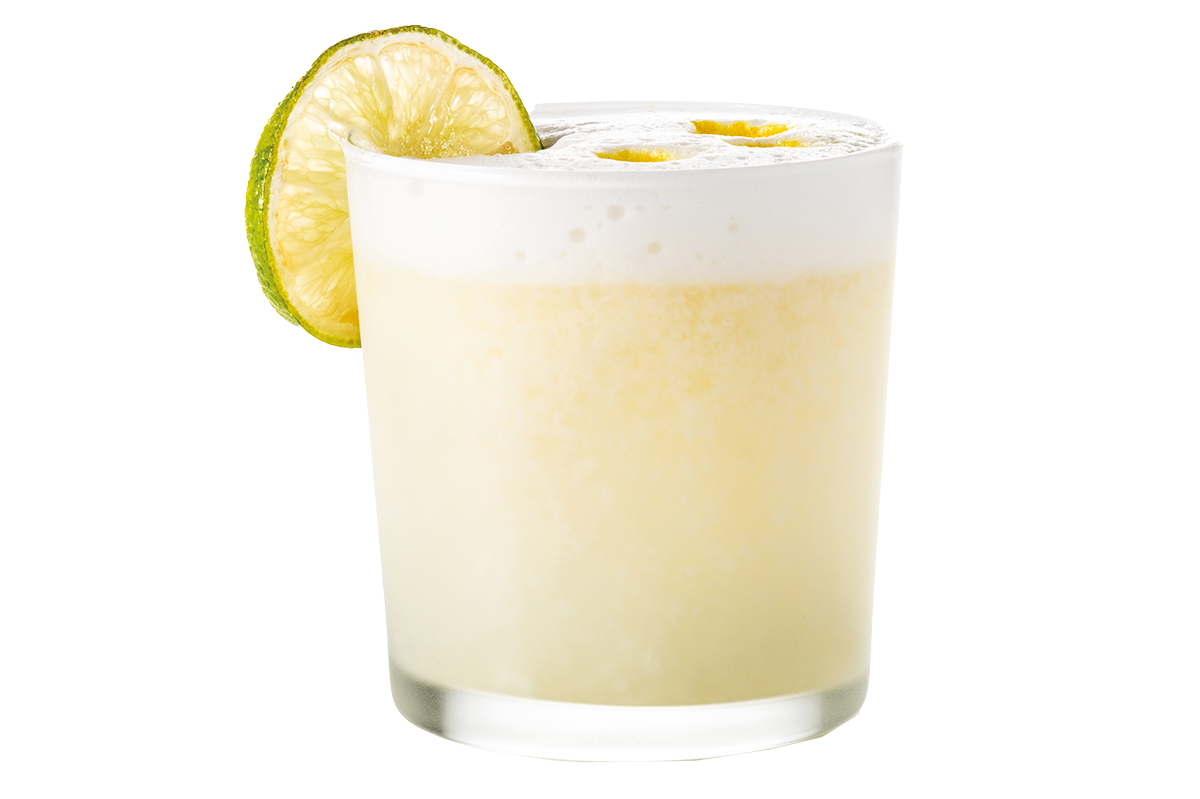

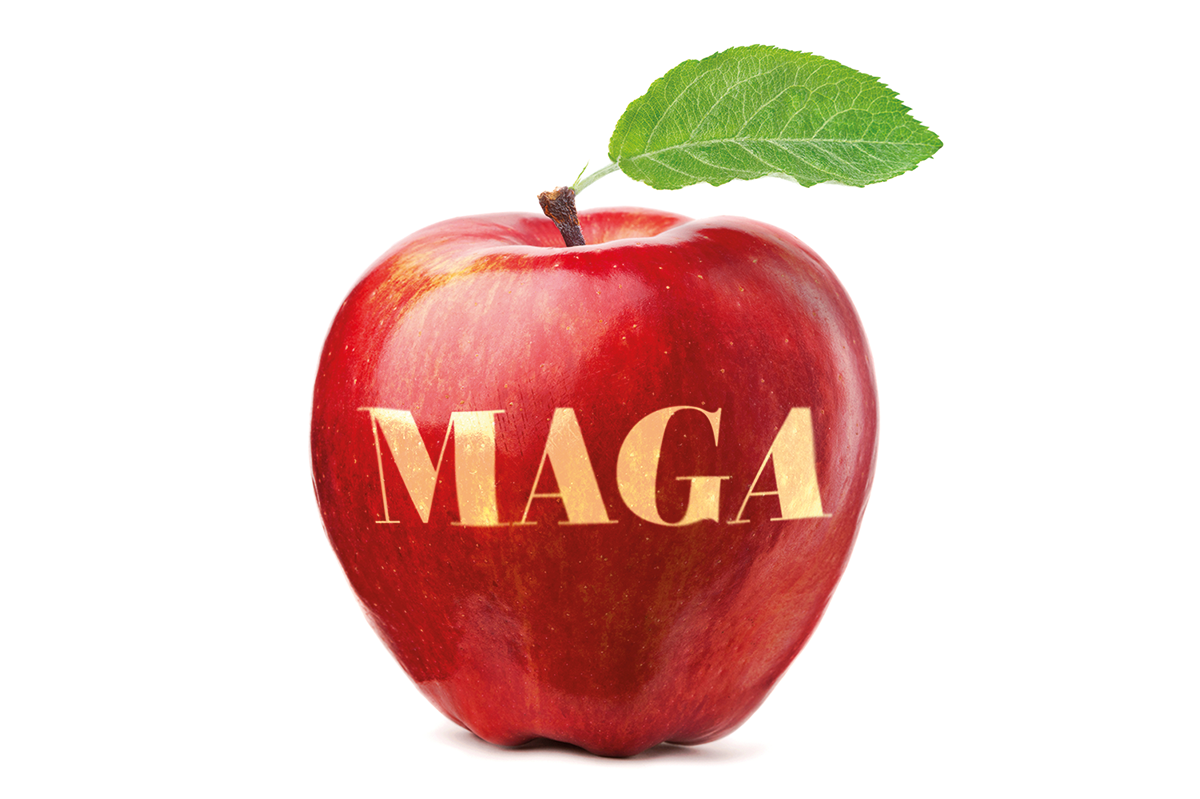

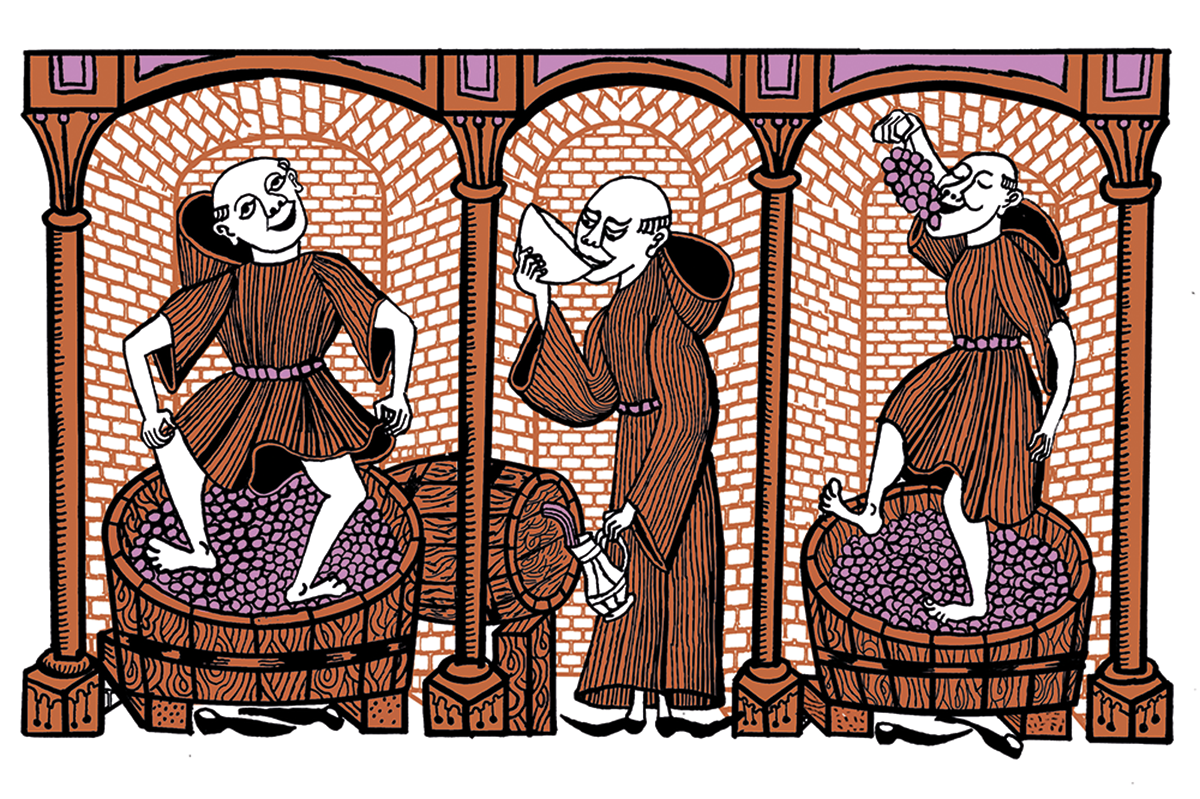
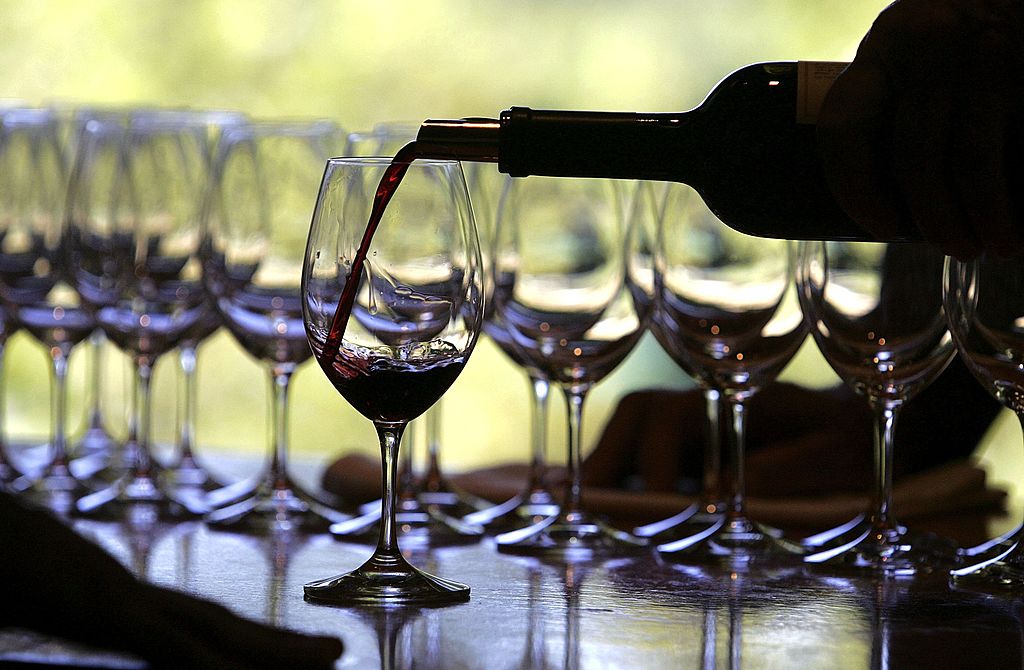







Leave a Reply